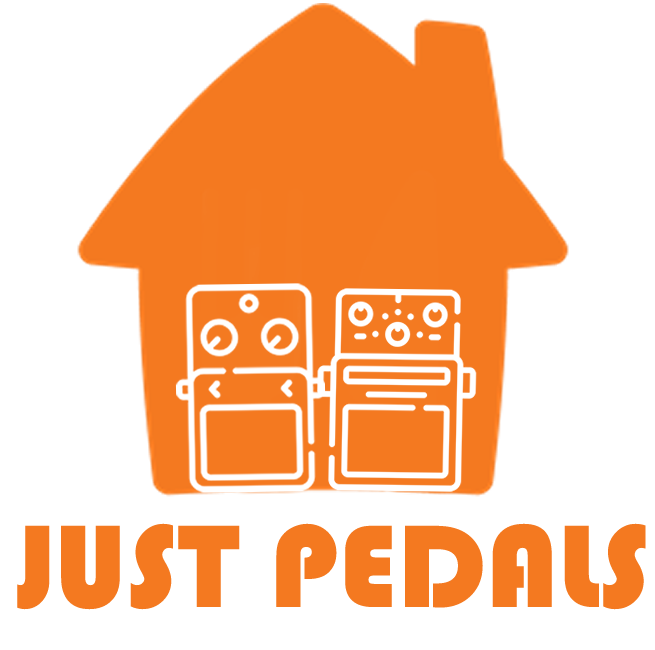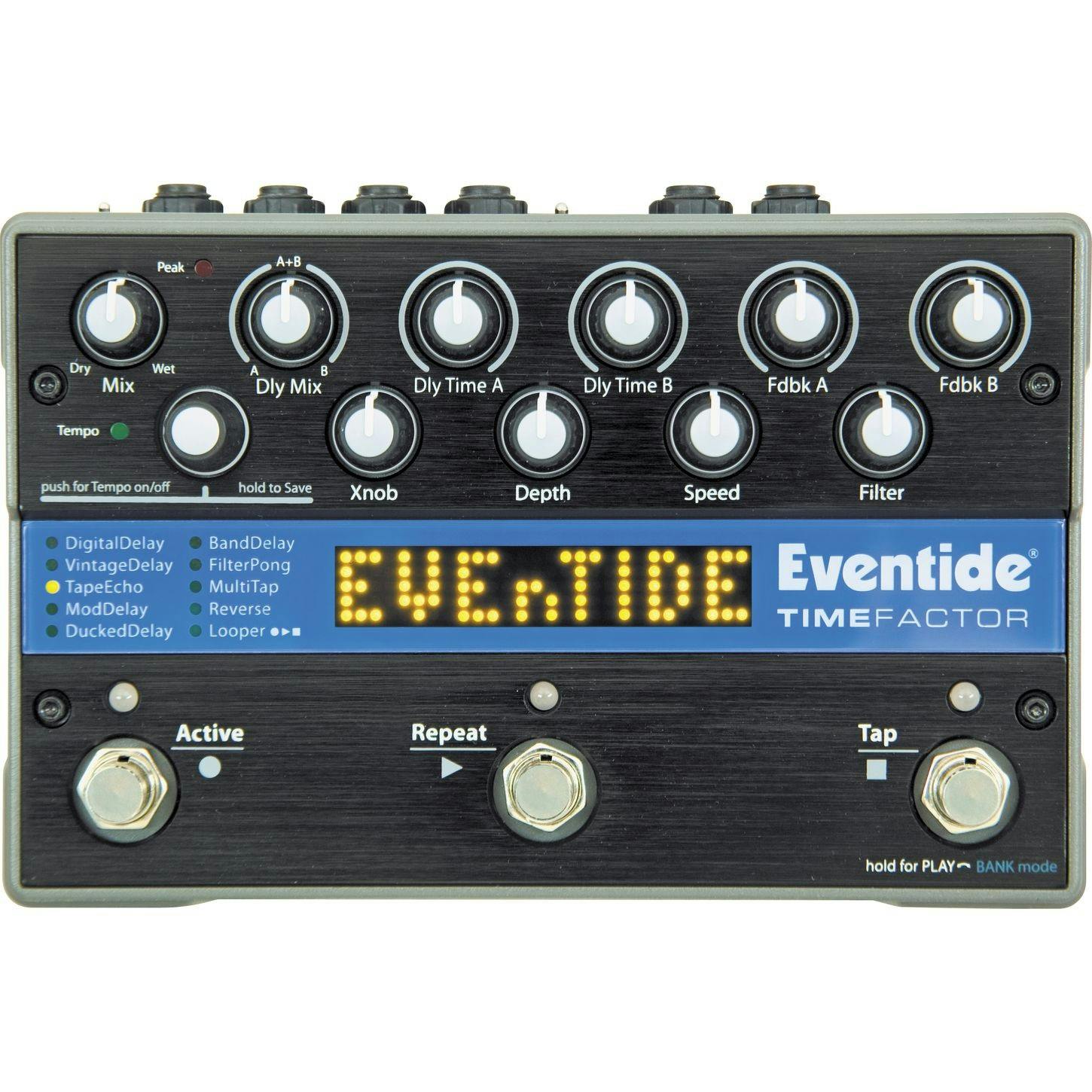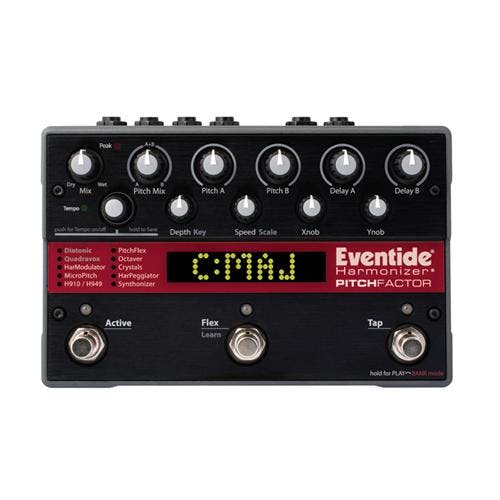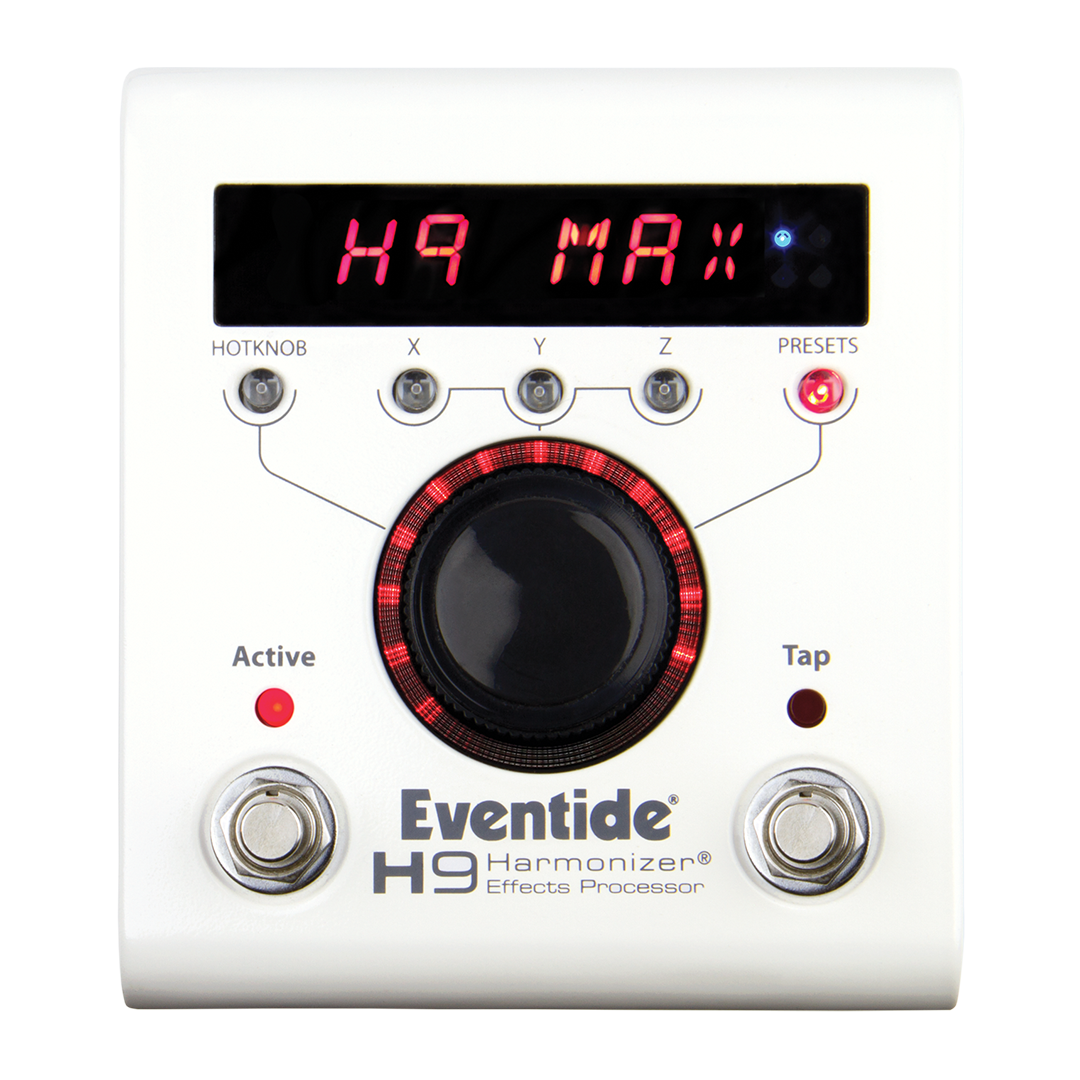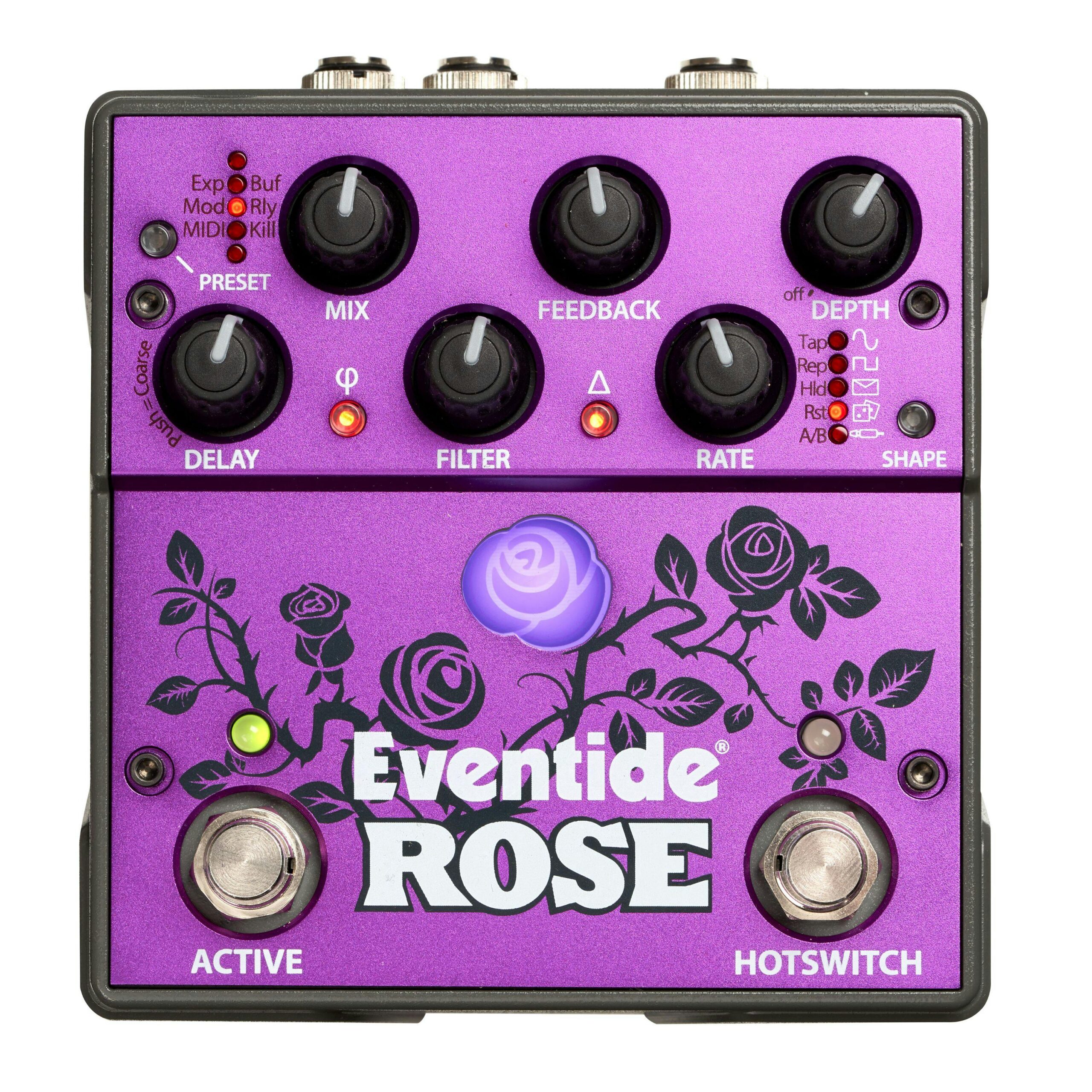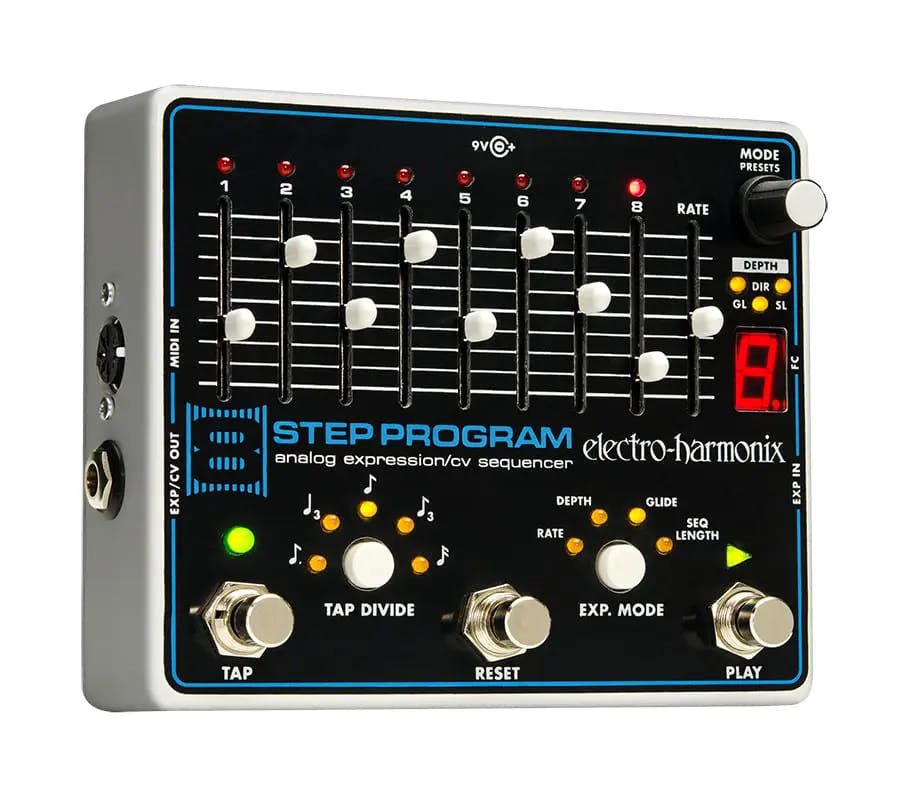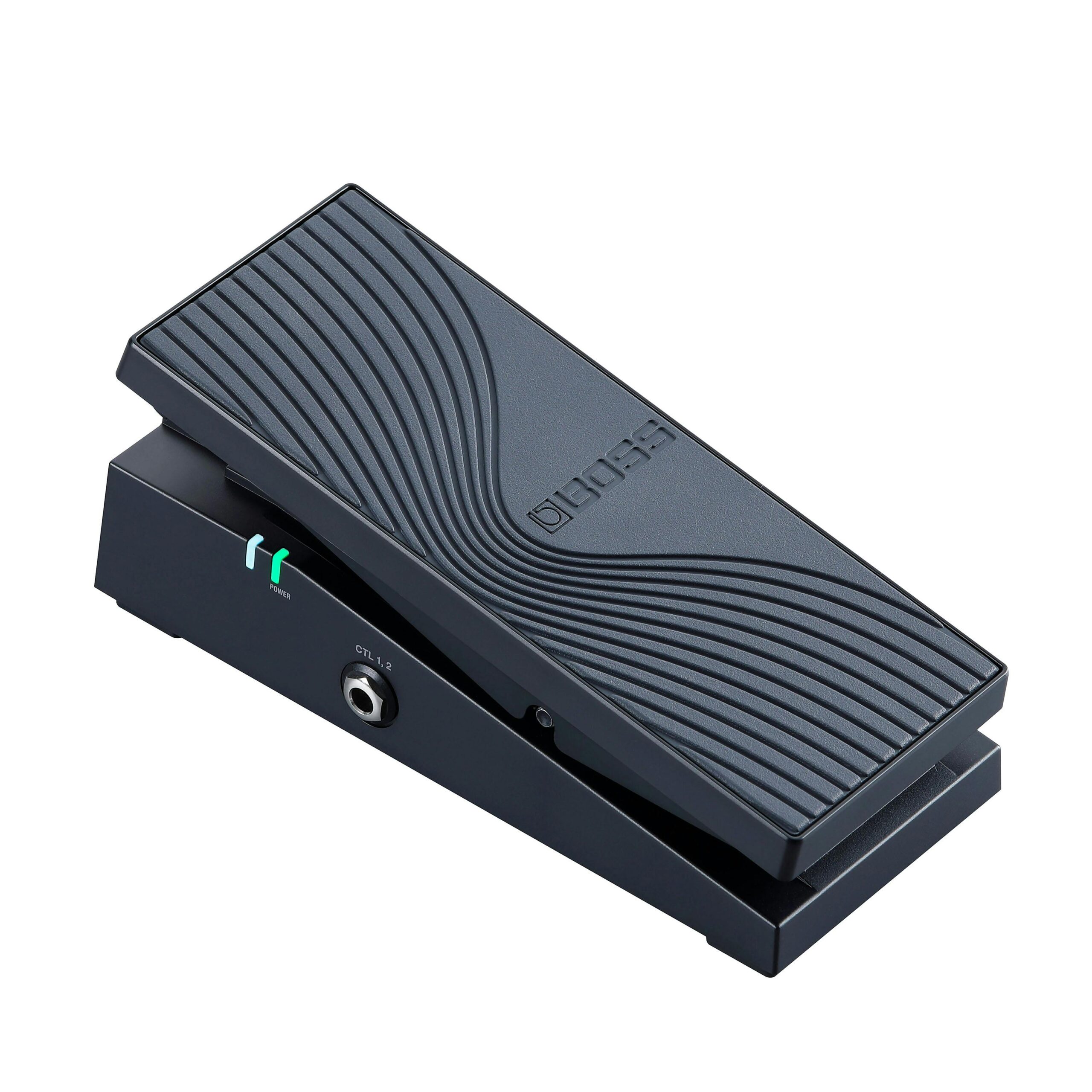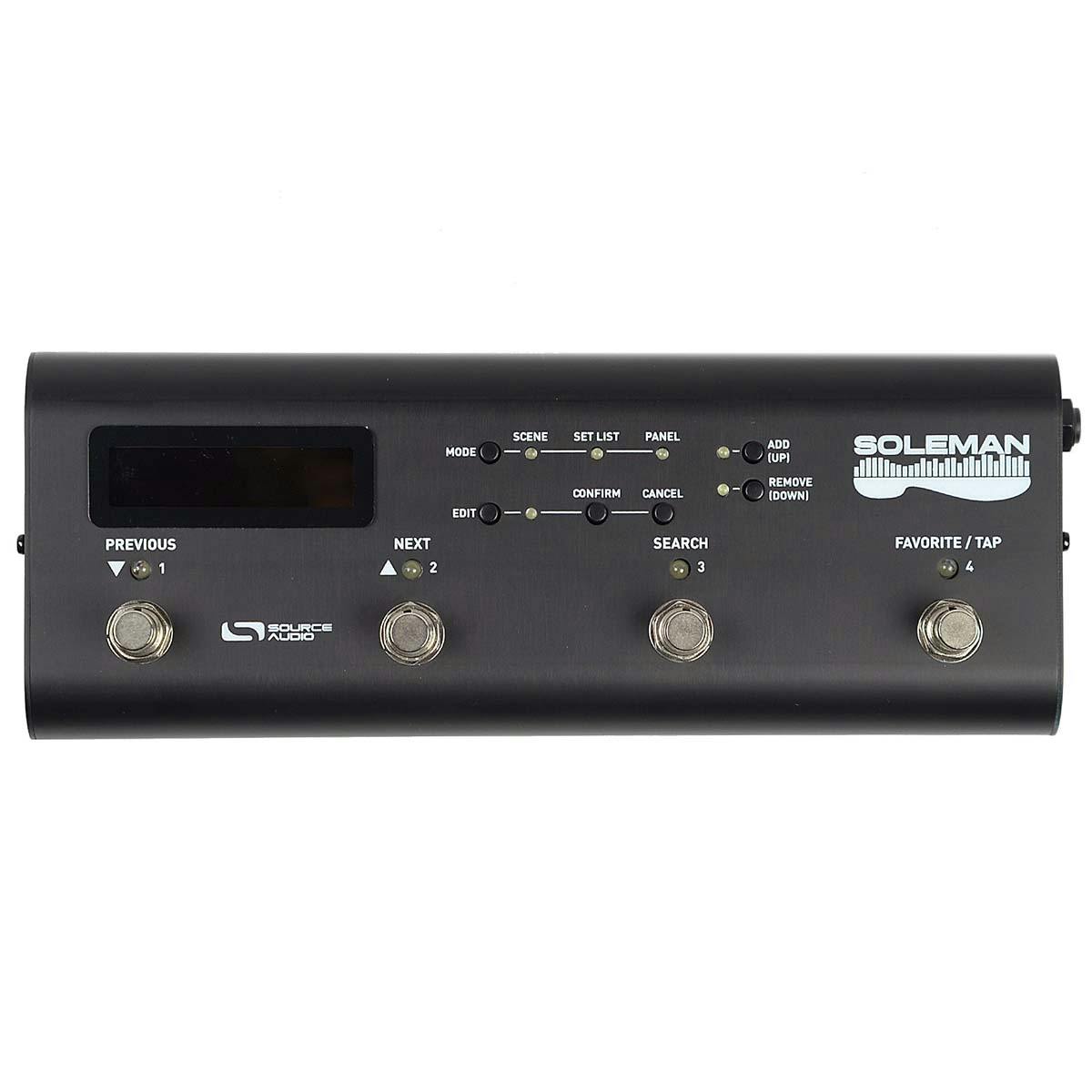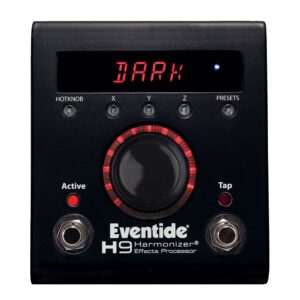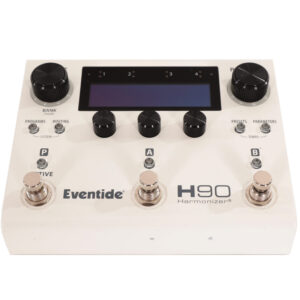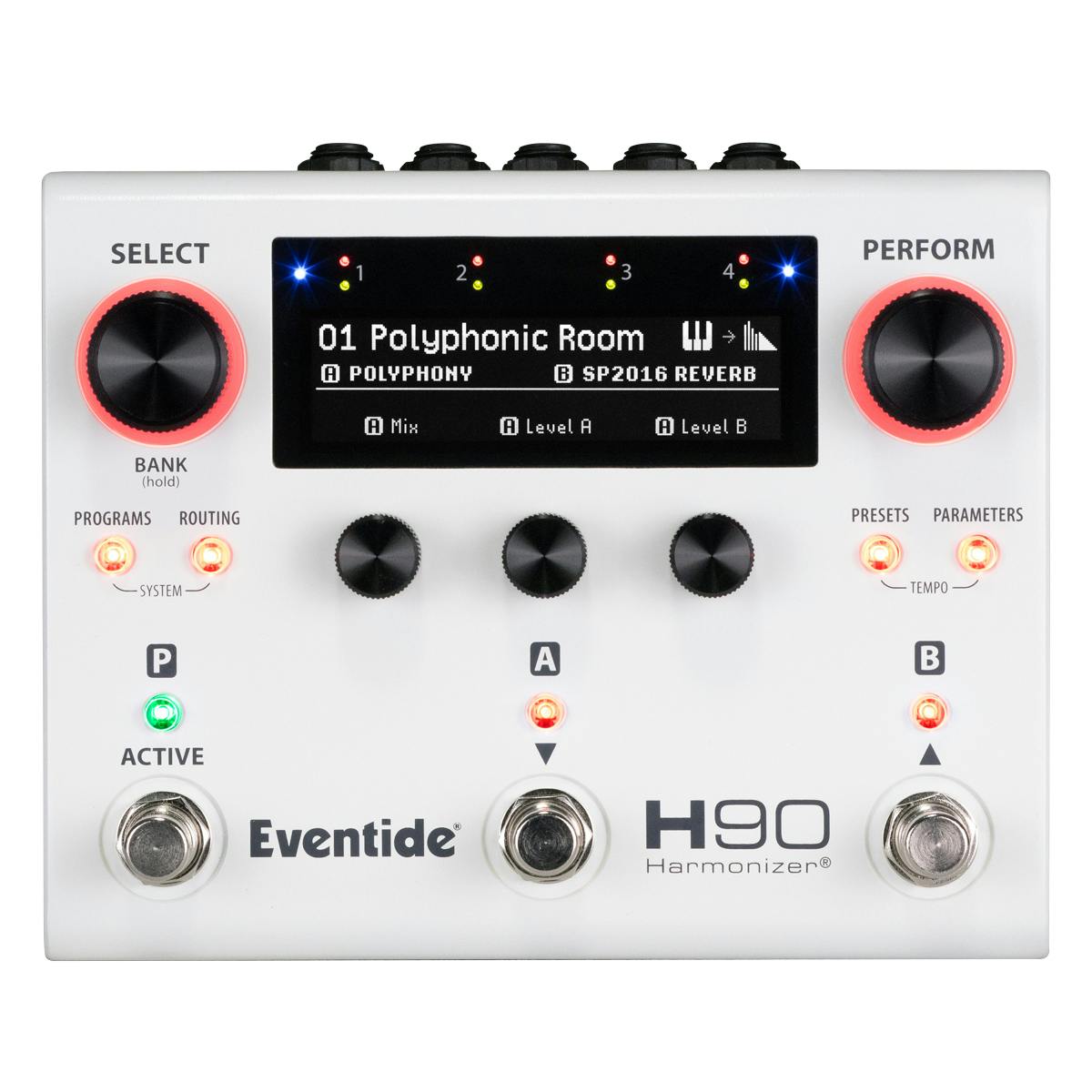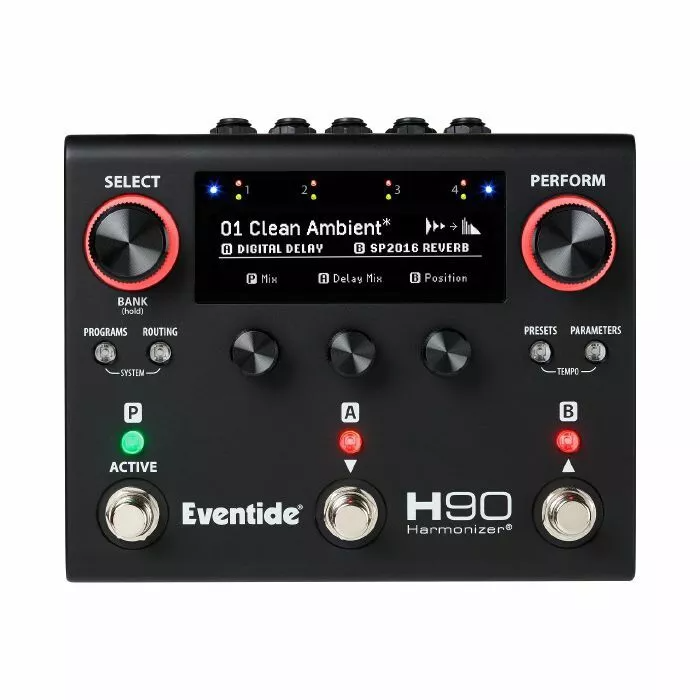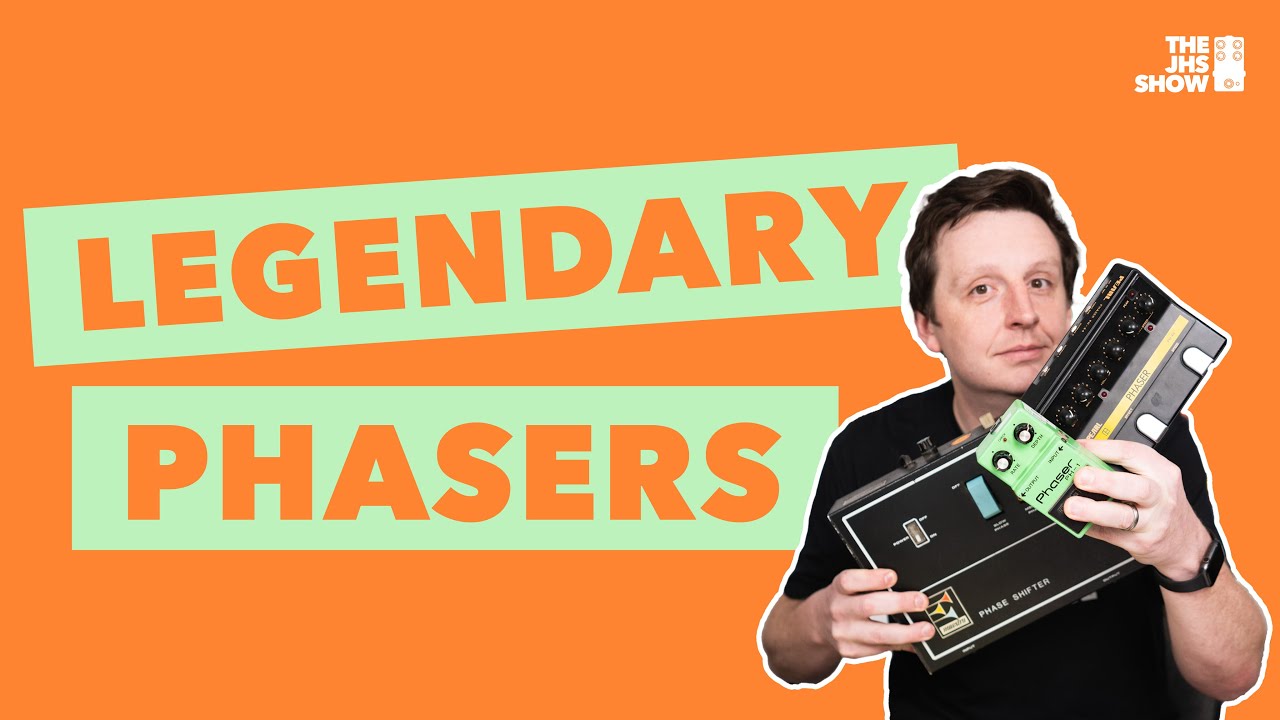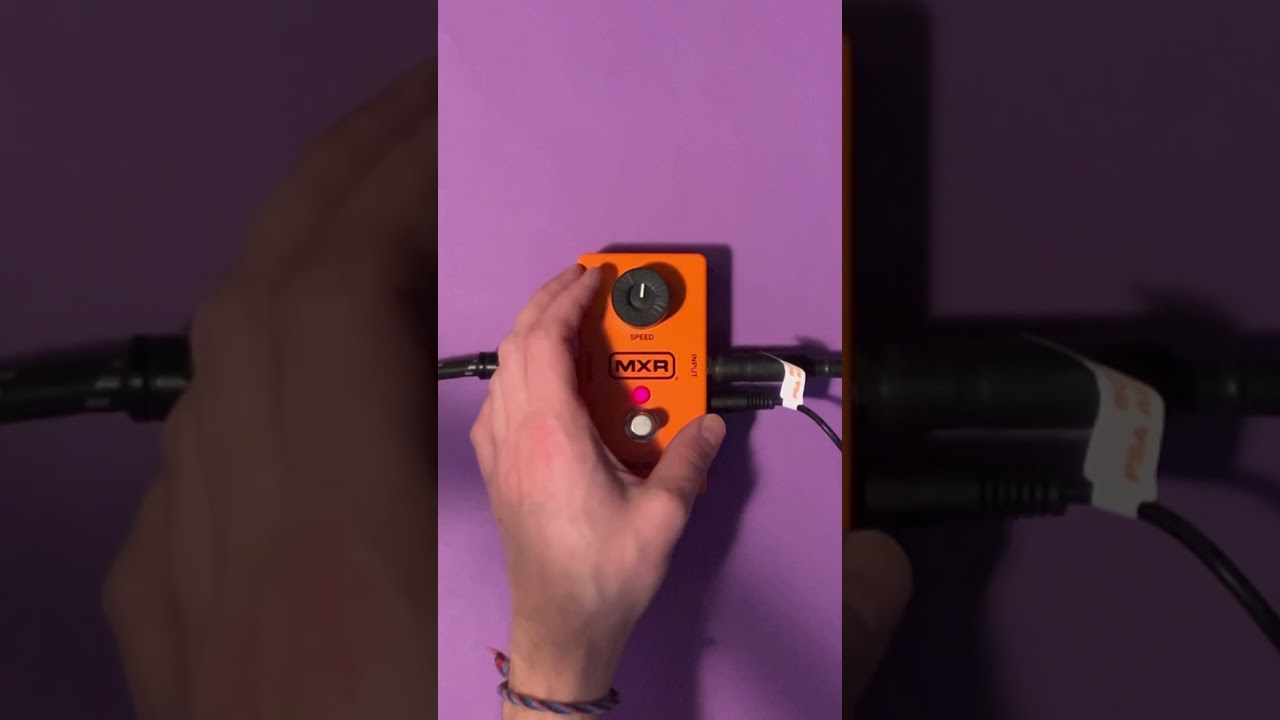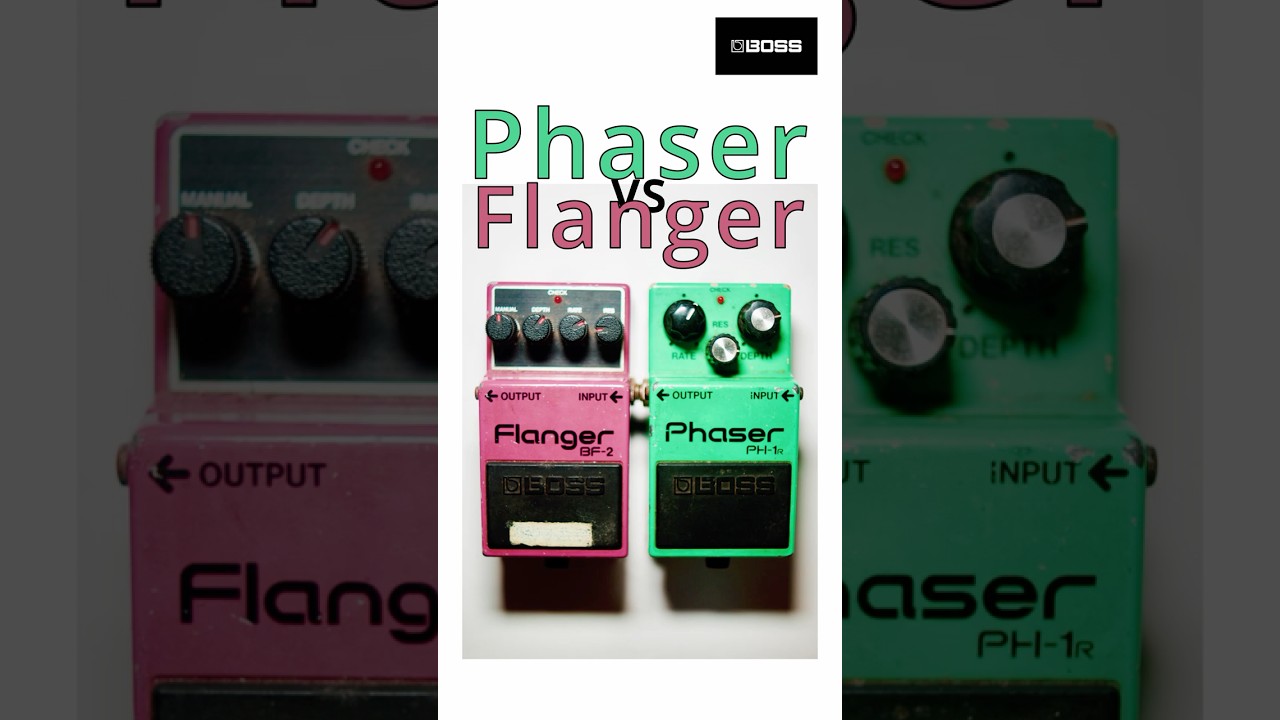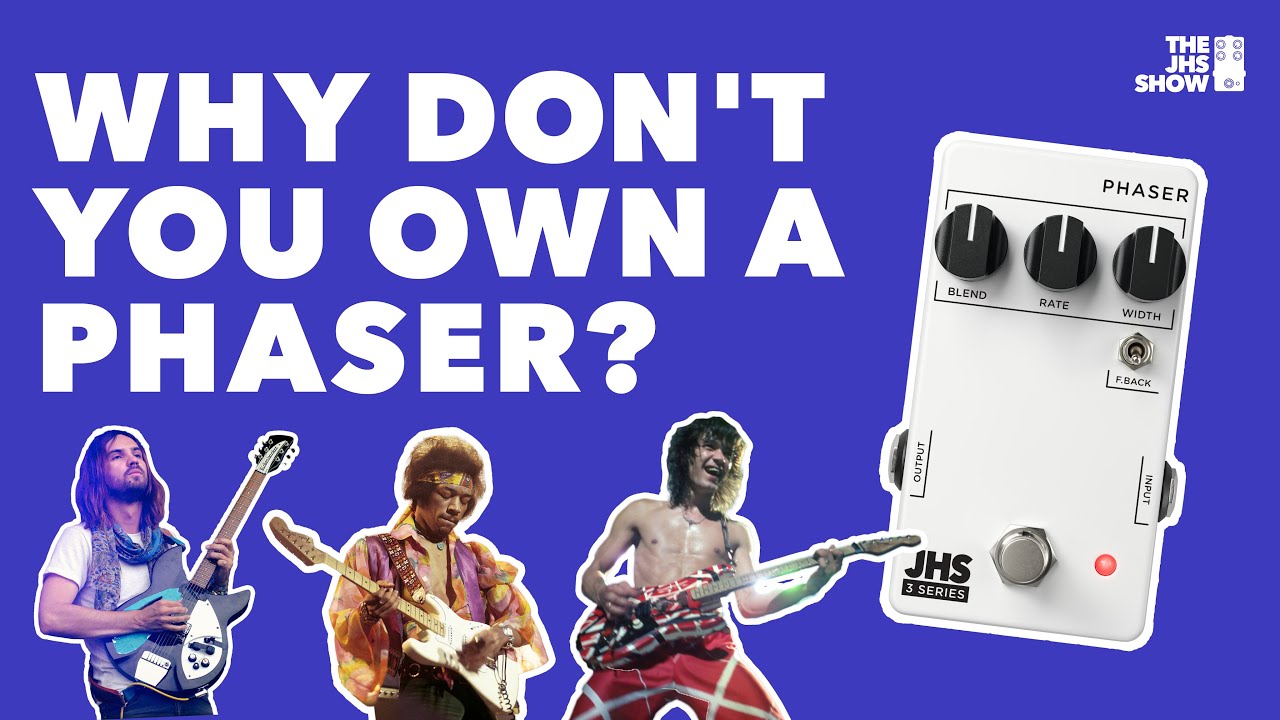Description
The Eventide Time Factor Twin Delay Pedal is currently retailing at £475 and it is out of stock. Available to be delivered to you by post direct (some charge may apply).The team at Just Pedals think that Eventide nailed it with the Eventide Time Factor Twin Delay Pedal.
Eventide Timefactor Pedal
NO COMPARISON
Nothing Sounds like an Eventide
Through the decades, top players have depended on Eventide: Jimmy Page, Frank Zappa, Brian May, Eddie Van Halen, Steve Vai, Robert Fripp, John Petrucci, and Adrian Belew, to name a few. Now, for the first time, these effects are portable AND affordable. Stompbox simple, TimeFactor fits on your pedalboard or in your gigbag.
NO COMPROMISE
Studio Quality Effects at Your Feet
Top recording studios worldwide use Eventide effects on hit after hit. ModFactor includes Eventide’s 10 best modulation effects from the past 36 years without compromising quality OR flexibility.
NO LIMITS
Flexibility Built-In
Plug-and-play expression pedal control of wet/dry mix or any combination of parameters. Control program changes and vary parameters continuously via MIDI. Supports instrument or line level inputs and outputs. Plays well with others; adapts seamlessly to a wide variety of amps and other foot pedals.
NO DEAD ENDS
Obsolescence is so 20th Century
Easy to upgrade; download new software from the Internet and install via USB.
Don’t You Deserve an Eventide?
Visit your authorized dealer today
FEATURES
Two independent 3-second Delays
Studio quality sound
10 Stereo or Dual Mono Delay effects:
Digital Delay
Vintage Delay
Tape Echo
Modulated Delay
Ducked Delay
Band Delay
Filter Pong
MultiTap Delay
Reverse Delay
Looper
Instant Program change
Real-time control with 10 knobs, MIDI or expression pedal
Tap Tempo and MIDI Clock Sync
20 User Presets, unlimited through MIDI
True Analog Bypass
Rugged cast metal construction
12-second Looper
Metal footswitches for instant Preset access
Mono or Stereo operation
Guitar or Line Level Inputs and Outputs
SPECS
Size: 4.8″ X 7.5″ X 2.12″
Weight: 2.15 lbs
Power: 9VDC 500mA
